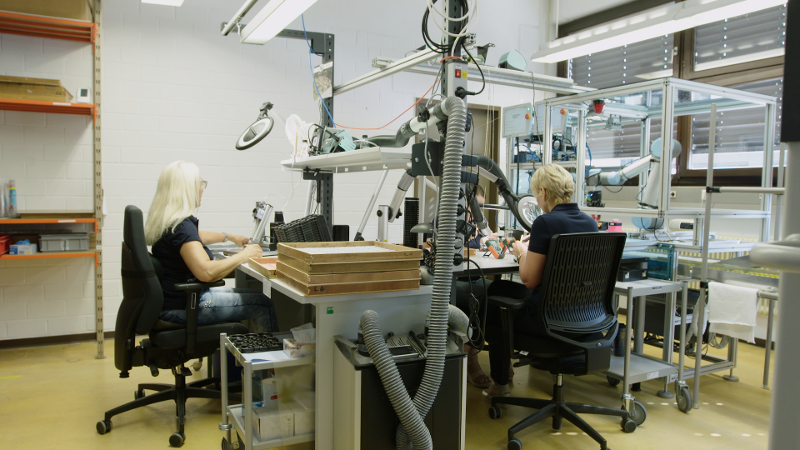The decision to automate elements of manufacturing is no longer a question. It’s not a matter of “if,” it’s a matter of “when” at this point. As more elements of modern manufacturing are given to robotics, more and more people are getting older and retiring.
An aging workforce, combined with a rising robotics industry, combines to create a skill gap that is growing exponentially as time goes on. Thankfully, robots are part of the solution, not the problem. Join us as we look at three ways this growing industry can fill the skills gap.
Related: 3 Microsoft ETFs Up After Bonsai Acquisition
![]()

With a rising robotics industry it is vital to give your employees the needed skills to do their jobs.
3 Ways Robotics Can Close the Talent Gap
The numbers are there. There are millions of jobs available, but not enough people to fill them. The longer we wait to address this issue, the bigger the problem gets. Here are three ways we can leverage robotics to fix this ongoing issue.
1. Better Pay, Better Jobs
People like to talk about robots taking jobs, but we don’t hear enough about how they’re creating them. For every job a robot can perform, it also creates several new jobs. It’s also important to remember that the jobs a robot is “taking” are low-pay and low-quality.
Today’s workforce doesn’t want to work on an assembly line, nor should they. Basic manufacturing tasks are not ergonomically friendly, and can lead to injuries in the long-term.
